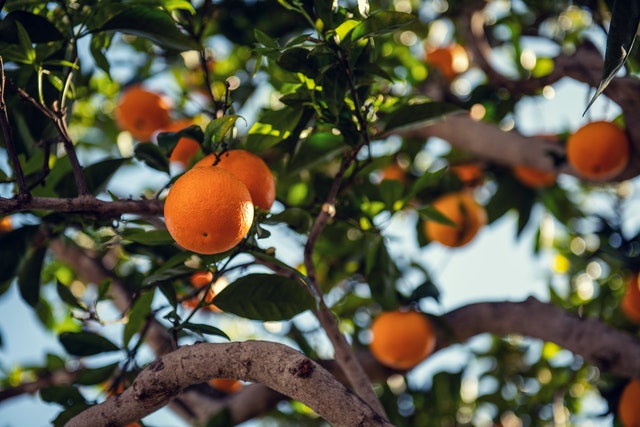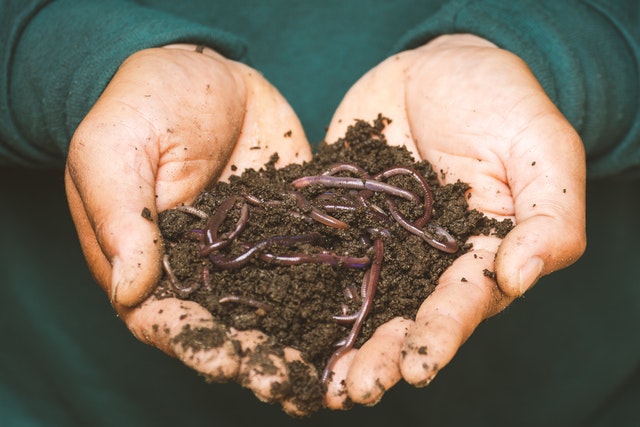In addition to the environmental damage occurring from food being wasted, there is also a humanitarian crisis happening around food. In the US alone, 38 million people struggle with food insecurity. 30-40% of food is thrown away while nearby community members go hungry.
We can do better.
Previously, I shared some ideas for planning and using your food in a way that minimizes waste. This time, let’s look at some ideas for reducing food waste in your whole community.
For individuals with fruit trees, prolific gardens, etc. use what you have. Learn to can, freeze, and preserve the abundance. For anything that cannot realistically be eaten in your household before it goes bad, gift it to friends, family members, or neighbors. You can also see if community gleaning organizations exist in your area, and contact them or your local food bank to see if they will accept homegrown donations.

Encourage your community to start or expand their food rescuing organizations, and if you’re able try to volunteer your time to the cause. The organization closest to me is Boulder Food Rescue. In 2021 alone they recovered 498,500 pounds of usable food from being wasted and distributed it at no cost to 6,000 community members struggling with food insecurity. That’s a pretty incredible impact for one small organization.
Another way to reduce food waste is by starting or joining a member-led food rescuing community and being generous with your neighbors. Linked is the food rescuing group nearest me, but the concept is replicable in nearly any community. For this sort of group, the members get to know each other and are comfortable giving and receiving food that is opened, recently expired, etc. Please use your own judgement in what you’re willing to give and receive as safety should always be a priority. That being said, people in my community tend to only share good quality food that doesn’t risk members’ health.

For everything else, do your best to compost. There are many options for at home composting, but the most widely used composting option will always be a municipal composting program. If your city or town doesn’t have a composting program, encourage the implementation of one. In the meantime, contact local farms to see if they would be interested in using your food scraps. Or consider using ShareWaste to either begin composting when you don’t have an appropriate composting setup or to collect and process food or yard waste from neighbors. You could also see if there is a different compost collection service available near you.
And remember, your small actions add up to meaningful change.